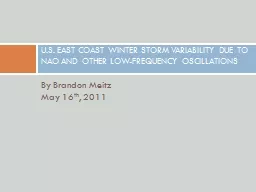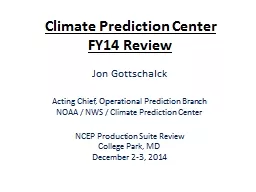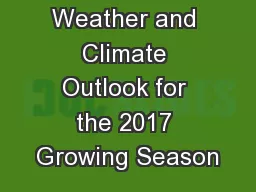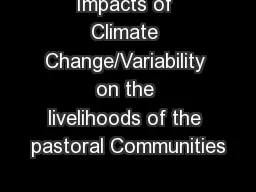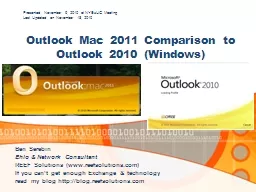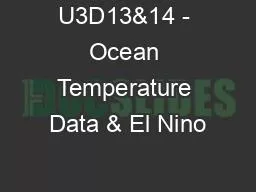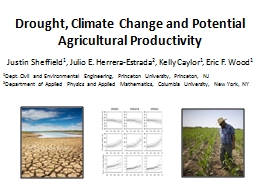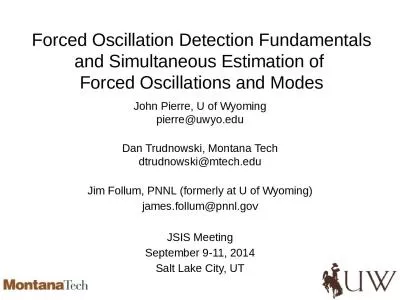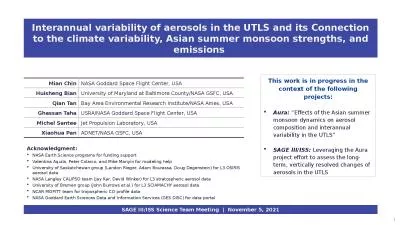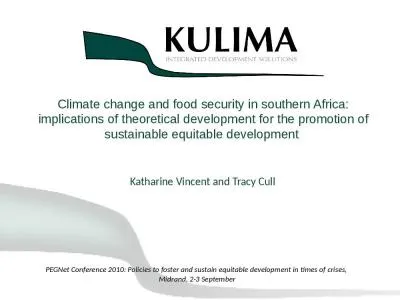PPT-Climate Variability, El Nino and Southern Oscillation and a Very Preliminary Summer Outlook.
Author : natalia-silvester | Published Date : 2018-11-04
Anthony R Lupo Professor Department of Soil Environmental and Atmospheric Science 302 ABNR Building University of Missouri Columbia MO 65211 Introduction Climate
Presentation Embed Code
Download Presentation
Download Presentation The PPT/PDF document "Climate Variability, El Nino and Souther..." is the property of its rightful owner. Permission is granted to download and print the materials on this website for personal, non-commercial use only, and to display it on your personal computer provided you do not modify the materials and that you retain all copyright notices contained in the materials. By downloading content from our website, you accept the terms of this agreement.
Climate Variability, El Nino and Southern Oscillation and a Very Preliminary Summer Outlook.: Transcript
Download Rules Of Document
"Climate Variability, El Nino and Southern Oscillation and a Very Preliminary Summer Outlook."The content belongs to its owner. You may download and print it for personal use, without modification, and keep all copyright notices. By downloading, you agree to these terms.
Related Documents

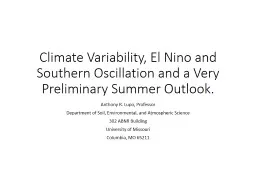
![El Niño Southern Oscillation [ENSO]](https://thumbs.docslides.com/273538/el-ni-o-southern-oscillation-enso.jpg)

